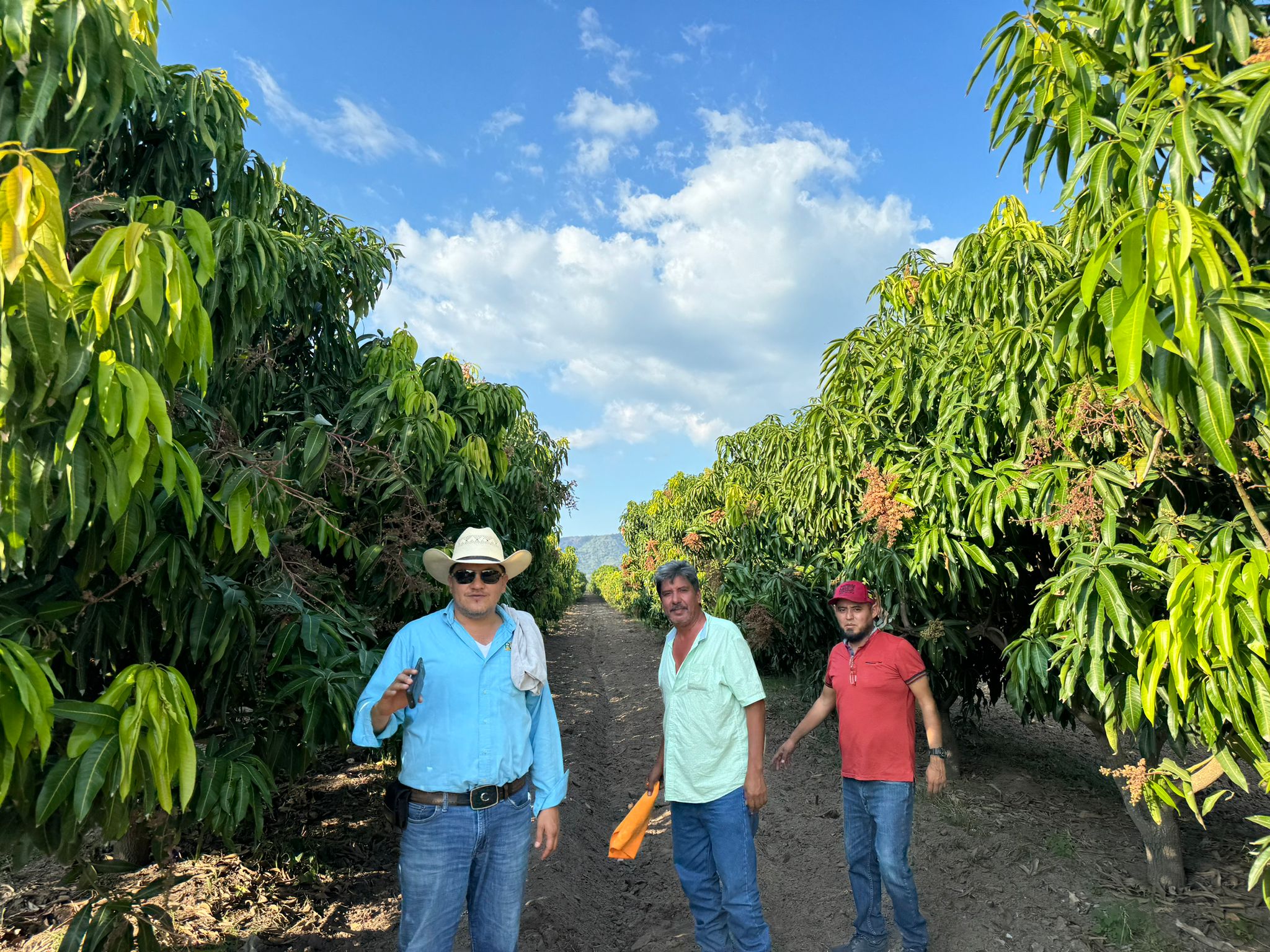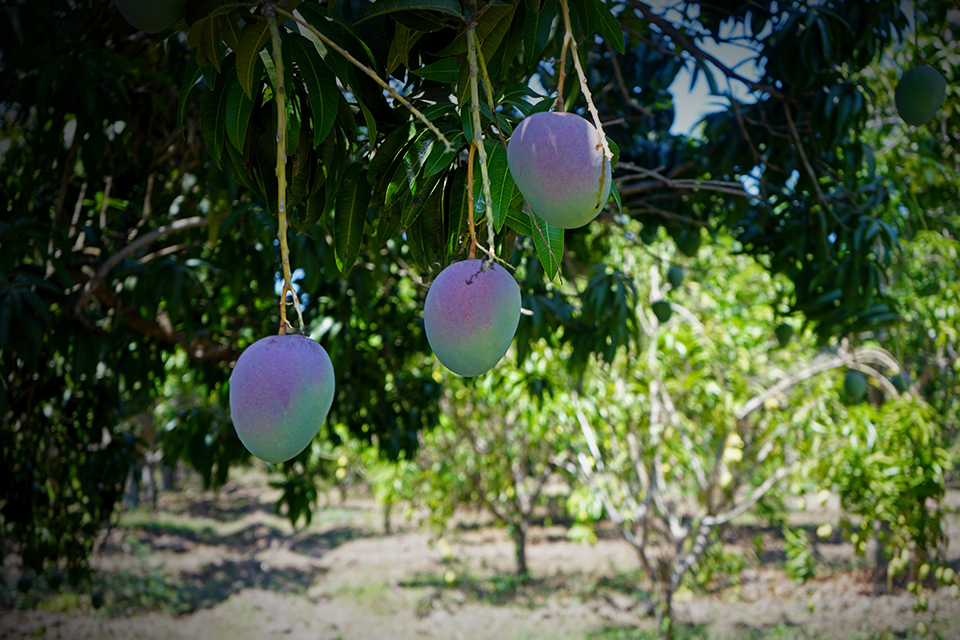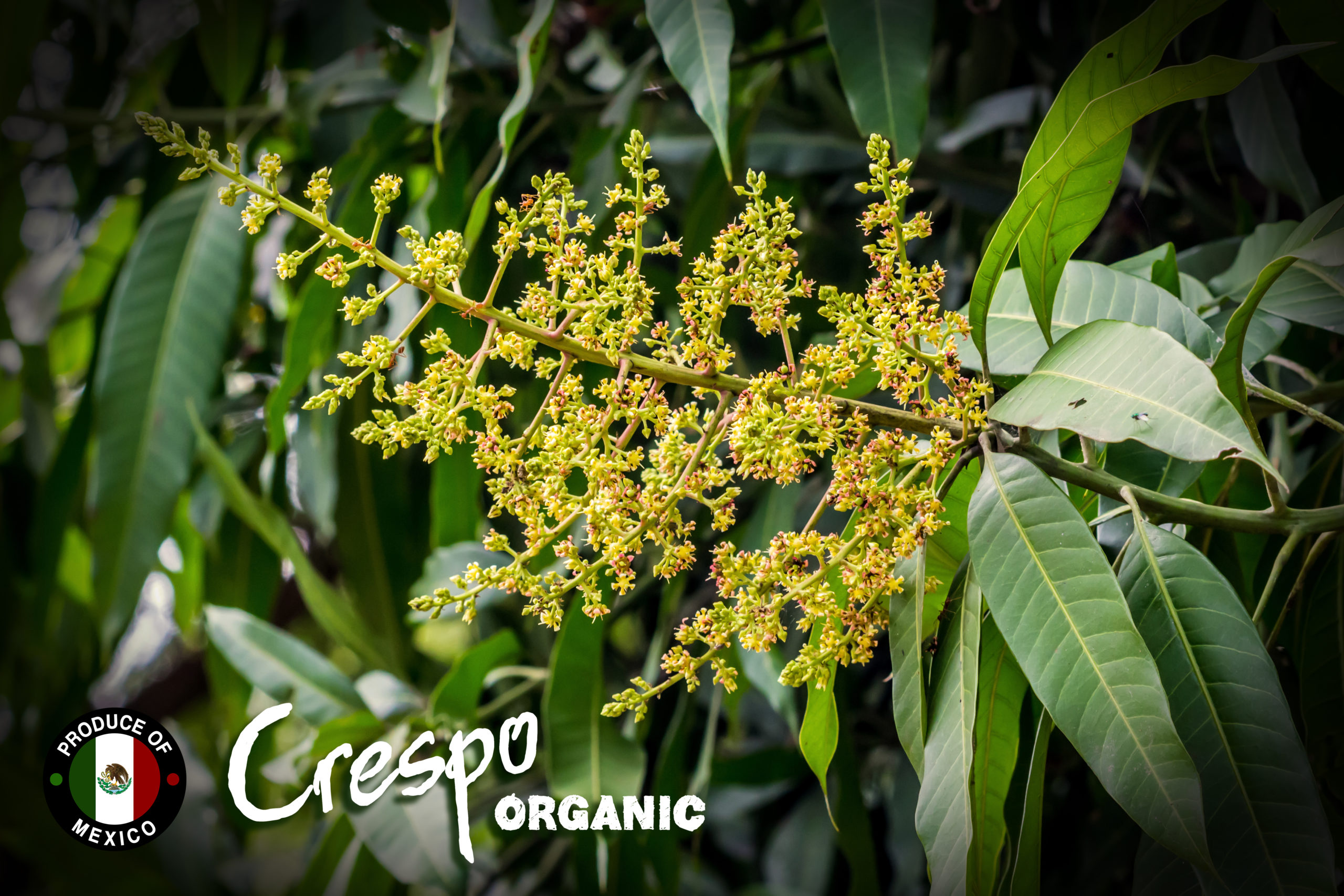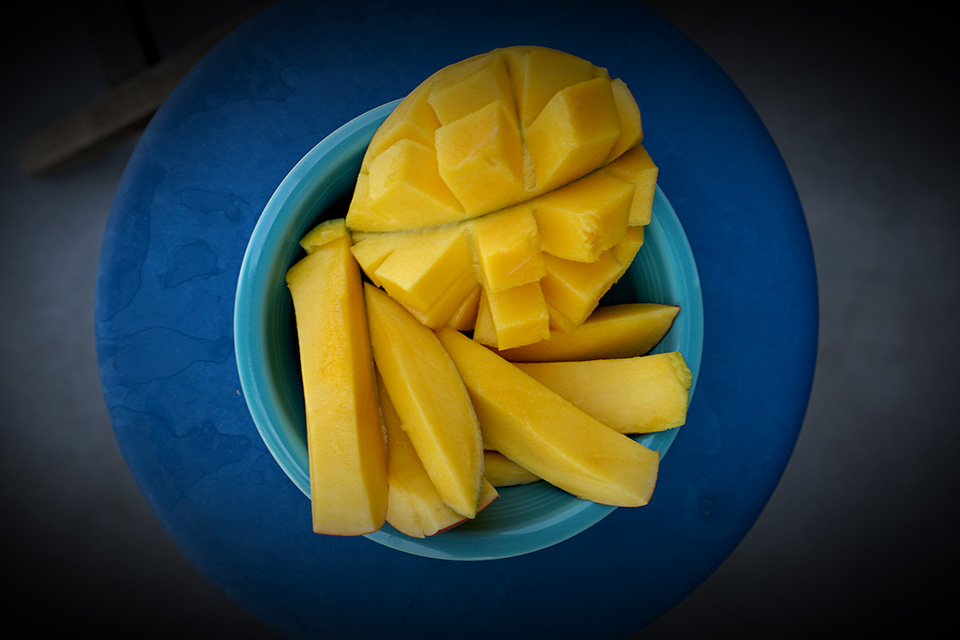Mexican mango season battles serious weather-related issues in the final leg
If you consider the current global mango season, the saying ‘when it rains, it pours’ fits well. Ironically, it wasn’t the rains that caused issues, until now.
Throughout the season, we’ve been monitoring the impact of the severe drought and abnormal temperatures on the Mexican mango crop from bloom to fruit. Recently, much-needed rains finally arrived, initially seen as a positive development. However, these rains, coupled with unusually hot, humid, and overcast conditions, have created ideal circumstances for anthracnose, a fungal disease that poses a significant threat to certain/most mango varieties. Despite the drought-stressed fruits benefiting in terms of increased size post-rain, anthracnose has swiftly emerged as a serious problem as it has begun to spread in many of the currently producing mango orchards. This has notably constrained the harvestable volumes of the southern Sinaloa Kents, which are currently at the peak of their season. Make no mistake this makes the current output of volumes from all Mexican producers in a volatile and unpredictable state.
Anthracnose at this stage can severely impact the health of the actual fruit. This disease thrives in high humidity and frequent rain. Overcast days with warmer temperatures exacerbate the situation, creating the excess moisture that the fungus loves. In a “good” or “normal” season, rains come as the fruit is being harvested, providing just enough moisture to grow the fruit bigger and juicier. Typically, the sun shines bright after the rains, drying up any excess moisture and creating the perfect climate and humidity for mangoes to thrive. Unfortunately, we have not had those ideal conditions during this Sinaloa season.













